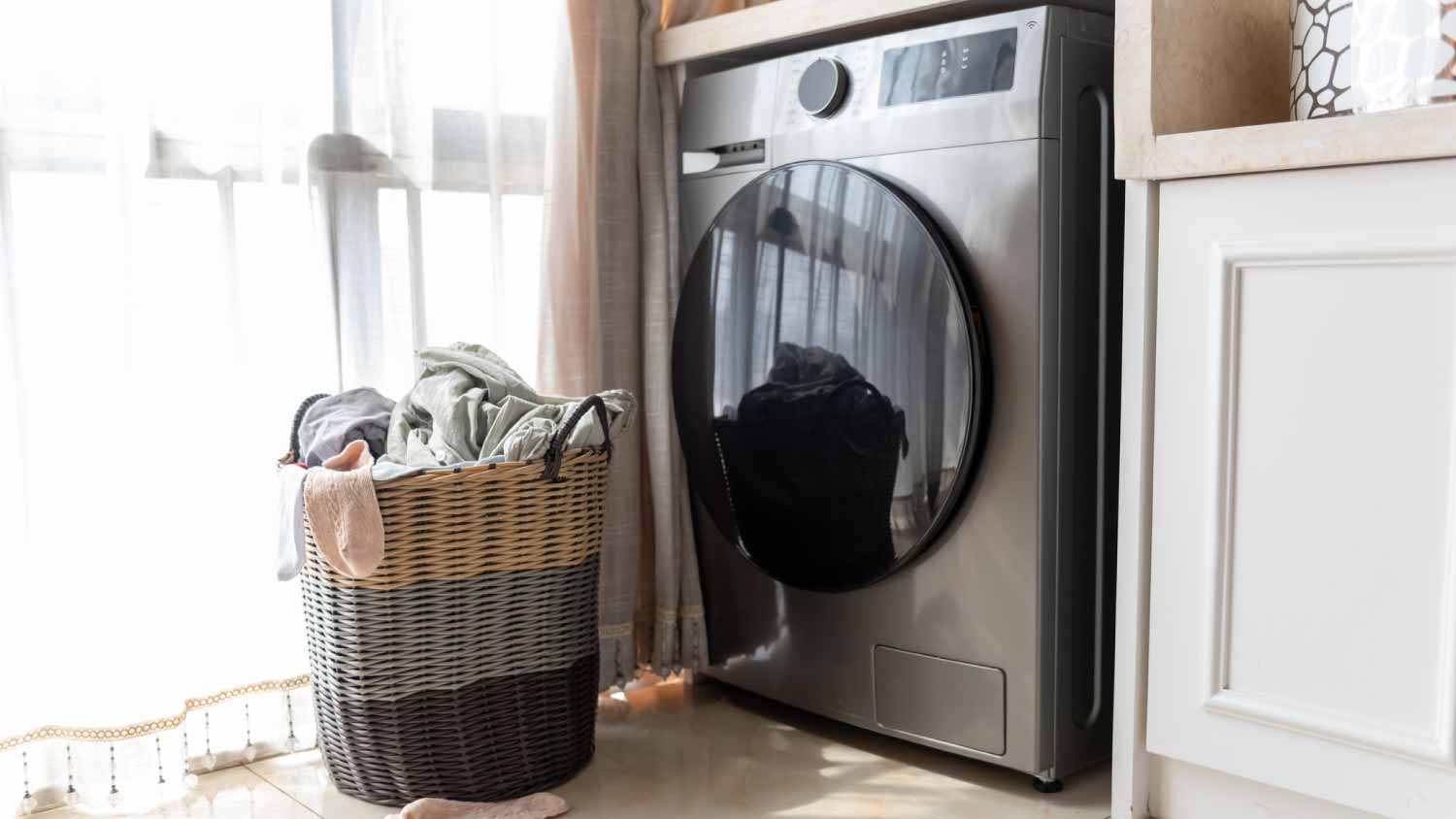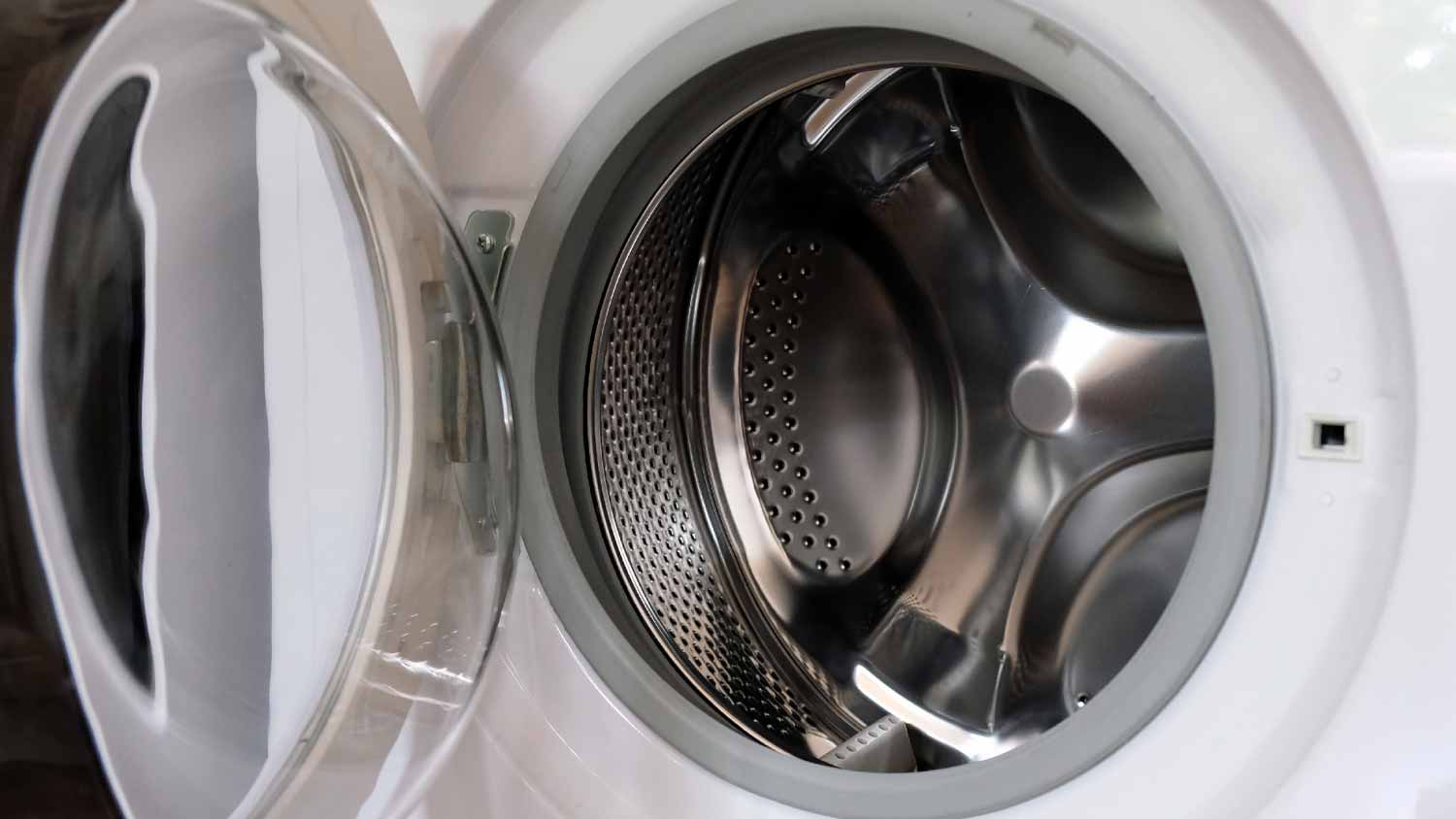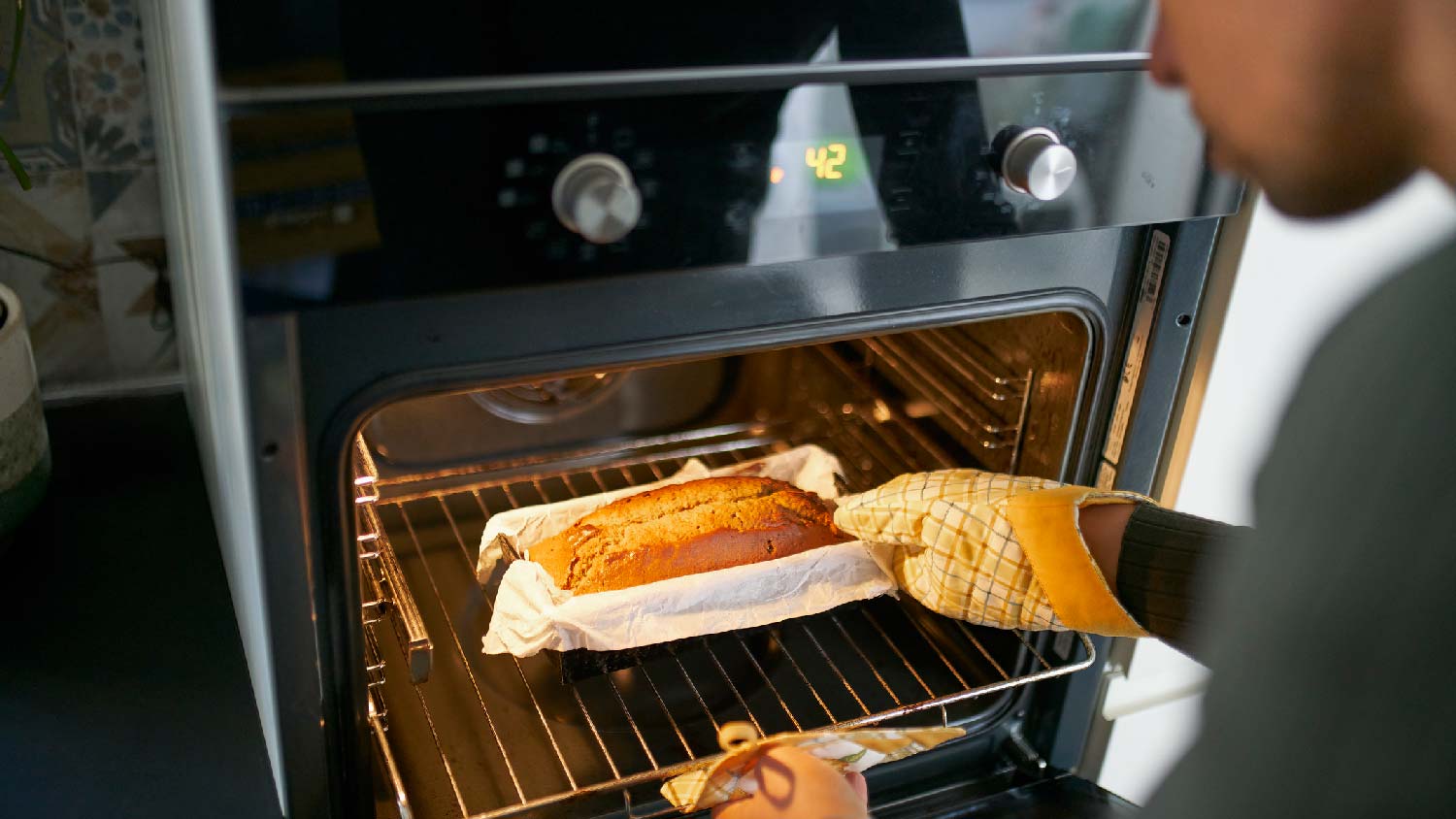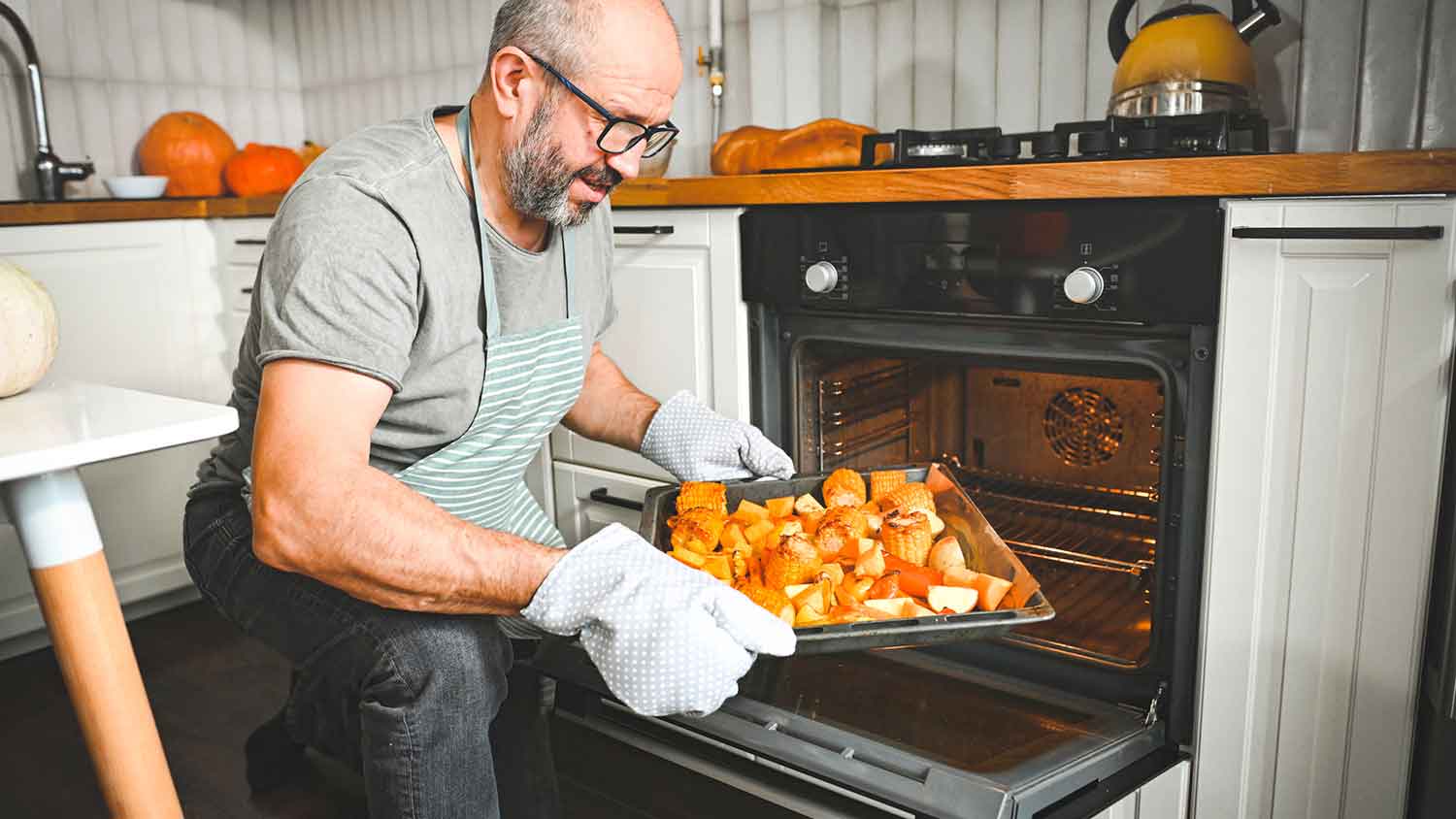Why Is My Washer Not Filling With Water? 4 Causes and Solutions
Wetter is better


The most common reason for a washer not filling with water is the water supply being off.
Hose kinks and clogged water filters can also be to blame.
Washing machine repairs cost between $125 and $450 on average.
Why is my washer not filling with water? The problem can stem from a simple oversight to outright mechanical failure, no matter the type of washing machine you have. Fortunately, the most likely reasons your washer fails to fill with water are simple and quick to fix. If it's not a simple repair, having a qualified technician take a look is the logical next step. Our guide will help you troubleshoot the problem.
1. Water Supply Is Off

Have you double-checked to make sure you turned the supply water to the machine back on the last time you moved or performed maintenance on it? Absolutely no judgment here. It can happen to anyone, even seasoned repair technicians. The situation sounds so silly that we often don't even consider it as a solution. However, it's also the most common reason that techs receive calls about washing machines not filling up.
The Solution
If you've recently moved your washing machine or it's fresh off a repair or maintenance servicing, check the water connection valves where the machine's hose connections meet the plumbing. If the valves have a knob or round handle, turn them counterclockwise to open them. If there's a lever-type handle, turn it so the lever is parallel to the water flow through the valve.
2. Obstructed Connection Hose
The second most common reason that homeowners find their washing machines not filling up is a problem with the hoses and related parts that connect the appliance to the household plumbing. Hose kinks and clogged water filters are the usual suspects. Having particularly hard water in your home can make the problem a more common occurrence than for those with soft water.
The Solution
Visually check for kinks in the connection hoses that attach your machine to your plumbing. Kinks can happen when you move the appliance or otherwise come into contact with the hoses. If all looks good, turn off the supply water and disconnect the hoses from the plumbing and the machine. Be careful with the hot water supply to not scald yourself.
In the hose end and often in the machine itself, there's a small screen filter. The filter can experience clogging or mineral buildup that can stop the water flow. Use a small brush to remove debris and rinse off the filter with clean water. Reinstall them in the same configuration.
3. Sensor or Switch Problem

Whether you have a top-loading or front-loading washing machine, you'll have a safety switch somewhere around the appliance's door. If there's no visible switch, there's a sensor that performs the same function. Its only job is to tell the rest of the machine that the door is securely closed, so it’s safe to start a wash cycle. If the switch or sensor doesn't engage, the machine won't operate.
The Solution
Try opening and reclosing the appliance's door, making sure there's nothing in the way. This action is often enough to reset the switch. If not, check for any obstructions in the way of the switch and remove them. If you still don't get a reaction, calling a pro is the next best step.
4. Mechanical Failure
Modern laundry machines have all kinds of convenience features. This also means they have more moving and electrical parts that can fail and cause inconvenience. Sensor, mechanical, and electronic failures can all result in a washing machine that won't fill and sometimes won't operate at all.
The Solution
Because of the complexity of modern machines, most appliance repairs require the skills of a qualified technician. You can reset your washing machine by unplugging it and plugging it back in. However, the results depend on why your machine is acting up in the first place. In most cases, professional repairs are necessary. Washing machine repair costs between $125 and $450 on average.
When to Call a Pro
If your washing machine won't fill with water, the problem is usually a physical one rather than a mechanical one, especially if your machine is newer. DIY repairs that include unkinking or replacing the connection hoses or cleaning the inlet filters are relatively straightforward. However, mechanical or electronic problems generally require the experience, skills, and tools of a qualified washing machine repair technician near you.
Frequently Asked Questions
If your washing machine appears to be functioning normally but your clothes aren't getting clean, either the detergent isn't getting to the clothes, or a mechanical problem is preventing the machine from doing its job. Check the detergent dispenser for leftover soap. If it exists, look for a blockage in the tray or the supply line and remove it. If that's not the case, hiring a professional repair tech is the best next step.
A moldy or musty smell coming from the appliance is the most common problem with front-load washers. The problem stems from water remaining on the seals and in the drum after doing laundry. The usual fix is to allow the machine to dry out between loads. However, you'll likely have to perform regular machine cleanings to really get rid of the smell for good.





- Appliance Repair Companies
- Washing Machine Repair
- Dryer Repair
- Refrigerator Repair
- Dishwasher Repair
- Oven Repair
- Wood & Pellet Stove Repair
- Freezer Repair Services
- Wood Stove Services
- Gas Stove Repair
- Emergency Appliance Repair Companies
- Ice Maker Repair
- Gas Appliance Repair
- GE Appliance Repair
- GE Refrigerator Repair
- GE Dryer Repair
- GE Dishwasher Repair
- GE Washing Machine Repair
- Samsung Appliance Repair
- Samsung Refrigerator Repair
- Samsung Dryer Repair
- Samsung Washer Repair
- Samsung Dishwasher Repair
- Samsung Oven Repair
- Whirlpool Repair
- Whirlpool Refrigerator Repair
- Whirlpool Washer Repair
- Whirlpool Dryer Repair
- Whirlpool Oven Repair
- Maytag Appliance Repair
- Maytag Refrigerator Repair
- Maytag Washer Repair
- Maytag Dryer Repair
- Maytag Dishwasher Repair
- Kitchenaid Appliance Repair
- Kitchenaid Oven Repair
- Kitchenaid Refrigerator Repair
- Kenmore Appliance Repair
- Kenmore Dishwasher Repair
- Kenmore Washer Repair
- Kenmore Dryer Repair
- LG Refrigerator Repair
- Bosch Appliance Repair
- Kenmore Refrigerator Repair
- LG Appliance Repair Services
- GE Microwave Repair
- Electrolux Appliance Repair
- Electrolux Washer Repair
- Kitchenaid Dishwasher Repair Services
- Wood Stove Inspection
- Dishwasher Installation
- Trash Compactor Repair










